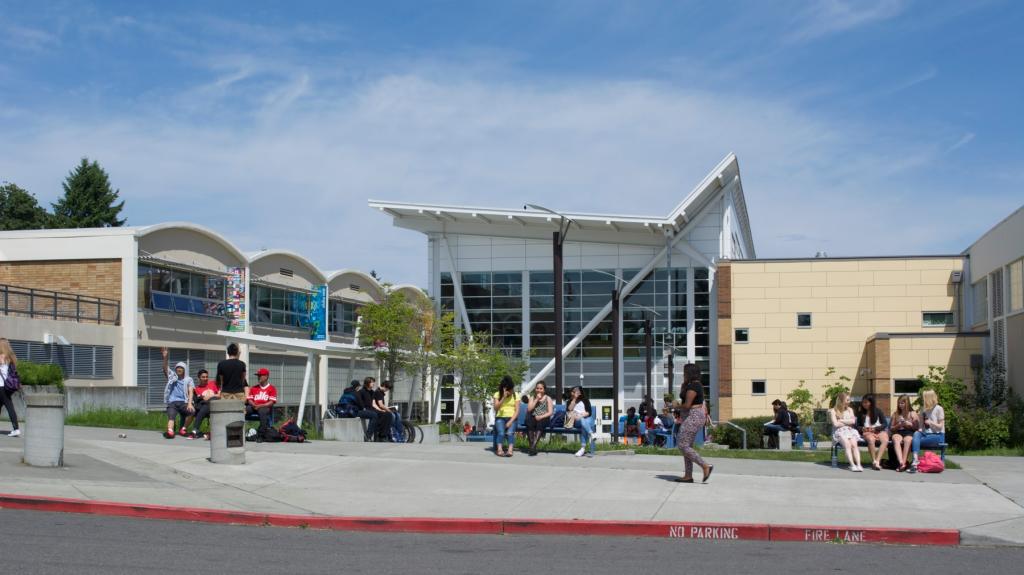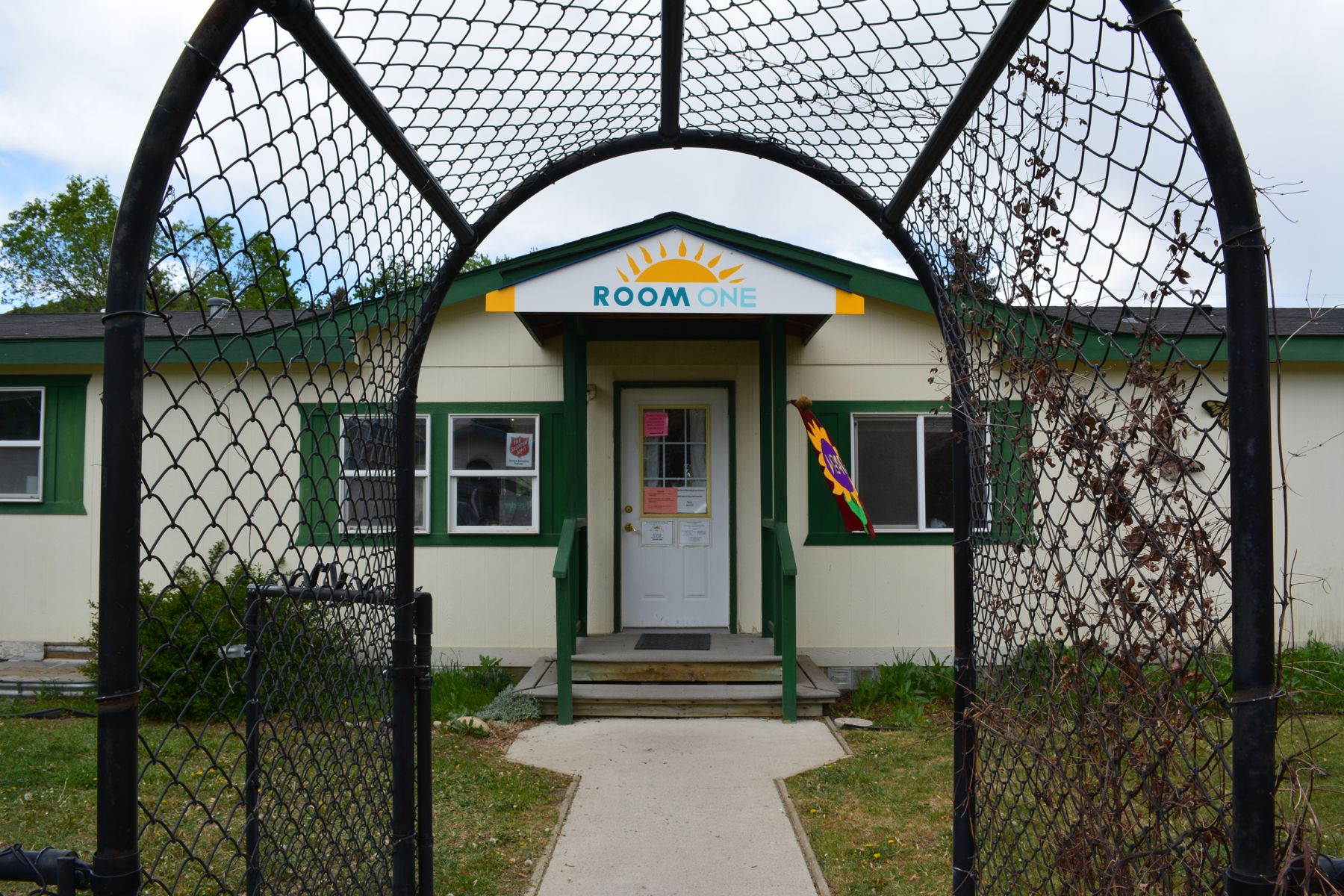This is part 3 of our first-hand look at reproductive health access for teen girls in our home state of Washington. In case you missed them, check out part 1 and part 2.
The journey from Seattle to the tiny town of Twisp takes about four hours by car. One crosses through bucolic farmland, the still-ruined site of the Oso landslide, and about a hundred miles of snow-speckled, evergreen-lined mountain passes before Route 20 leads you into the picturesque Methow Valley.
Twisp, population 900 and change, is hugged on all sides by white-tipped mountains and just-wild-enough fields. The town, best described as quaint, is probably the most affluent and liberal town in Okanogan County.

Farmland on the eastern tip of the Methow Valley.Eve Andrews / Grist
Located in the north-central part of the state, Okanogan is Washington’s most rural county; it’s very large and, for the most part, fairly poor. Twenty percent of the county’s inhabitants live below the federal poverty line, and the median household income for the county — $36,877 in 2014 — is the second-lowest in the state. The county ranks last in the state for quality of life.
Today, Okanogan County is an outlier for teen pregnancy rates in Washington. At 58.5 pregnancies per 1,000 girls aged 15–19, it has nearly twice the state’s average teen pregnancy rate.
[grist-related-series]
The social services organization Room One, housed in a little wooden bungalow on the edge of Twisp, is facing the challenge of teen pregnancy head-on. Any woman of reproductive age can go to Room One’s family planning clinic to get exams, birth control, and counseling, but the organization was founded in 1998 specifically to address high rates of teen pregnancy in the region. “Historically, getting access to services or building support services has been tough in a community like ours,” says Elana Mainer, executive director of Room One.
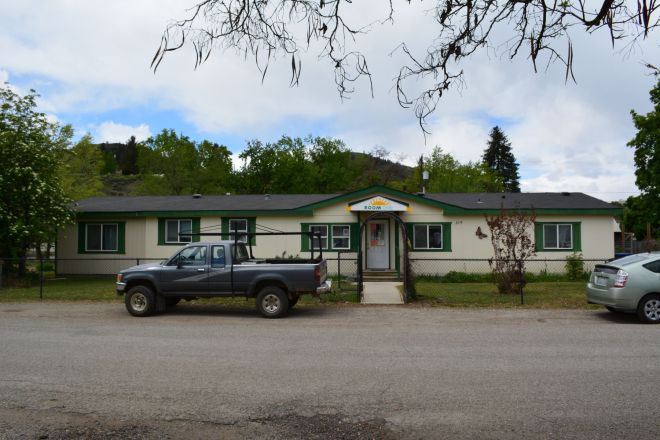
The Room One building, located on the edge of Twisp, Wash.Eve Andrews / Grist
Hope*, a high school senior and client of Room One, has been coming to the family planning clinic since she became sexually active at 14. Hope — who’s so shy and soft-spoken that I have to ask her to repeat herself a few times — has spent her life in Twisp and has lived on her own since age 16. She goes to the alternative high school, a 20-student public school that was founded to serve students at risk of dropping out of the larger Liberty Bell High School. She tells me that she has the Nexplanon implant, which she likes a lot, because it’s the most effective form of reversible birth control available.
“If Room One weren’t here, if it didn’t exist, do you think you would have birth control now?” I ask her.
With a snort, she tells me that she probably wouldn’t. Room One, she says, offers more care and confidentiality than the few other providers in the valley, and they “actually know what you need and how to help you with it.” When I ask her if she thinks teen pregnancy is a problem in the community, she agrees emphatically, adding that both of her sisters were pregnant by 18.
She plans to leave Twisp when she graduates this spring and go to college in Spokane, a little less than 200 miles away.
“I just want to get out of here. I’ve lived here too long,” she says. “It’s just all the smallness, all the drama, everyone knows everything you do — I want to get away from that.”
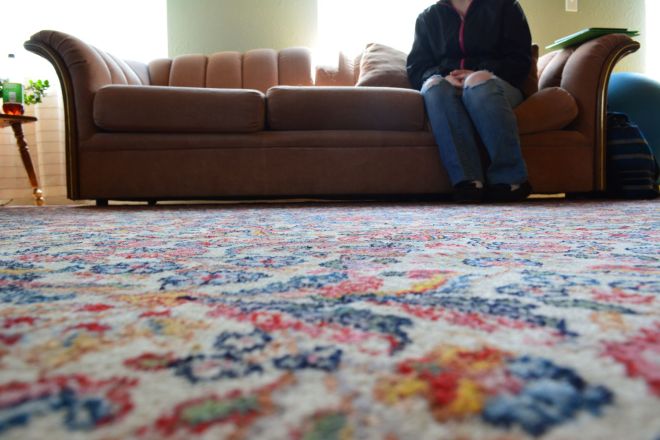
Hope has been a client of Room One’s family planning clinic since she was 14.Eve Andrews / Grist
Room One places a lot of emphasis on education in its approach to teen pregnancy. The organization — which has grown and flourished over the past 17 years – runs the sex ed program in the local schools, and its staff has been trained by Planned Parenthood. It’s the only comprehensive sexuality education program in the county.
As part of its sex ed curriculum, it also educates teens about domestic violence, power dynamics in relationships, and gender oppression. Mainer explains: “We know that getting upstream of domestic violence means ensuring that people have control of their own reproductive health, ensuring that people have access to mental health counseling, ensuring they have access to resources that keep them safe and independent.”
When I sat down with Adrianne Moore, prevention coordinator for Room One, in one of the organization’s small, sunlit offices, I asked why she thinks teen pregnancy rates are so high in Okanogan County.
“I definitely think poverty is at the top of the list … we’re an impoverished county,” she says. “There are high unemployment rates. There’s a lot of isolation – there is a much bigger leap for local kids to do what are cultural expectations for 19- and 20-year-olds, which are to go to college and get a good job, and those two things aren’t available locally. Even if they make it through high school, those years through 18 and 20 can be really difficult years unless you’re employed or in college. What we saw was a lot of 18-, 19-, 20-year-olds having babies before they really set off to do so in a way that they wanted.”
Moore also emphasized the importance of preventing violence against women: “If you look at teen pregnancy, there are statistics around the links between girls who decide to carry the baby and keep the child, [and their] correlation with high rates of sexual assault is high. So, part of our work is just anti-violence work in general — and I think [that] is very linked to strong reproductive health in a community,” she told me.
Room One’s sex ed program also addresses sexual and gender identity. “For a small, conservative area of Washington state, these are pretty progressive ideas,” Moore adds.
And of course the curriculum includes a comprehensive overview of birth control options — and makes clear that those options are available at Room One’s family planning clinic.
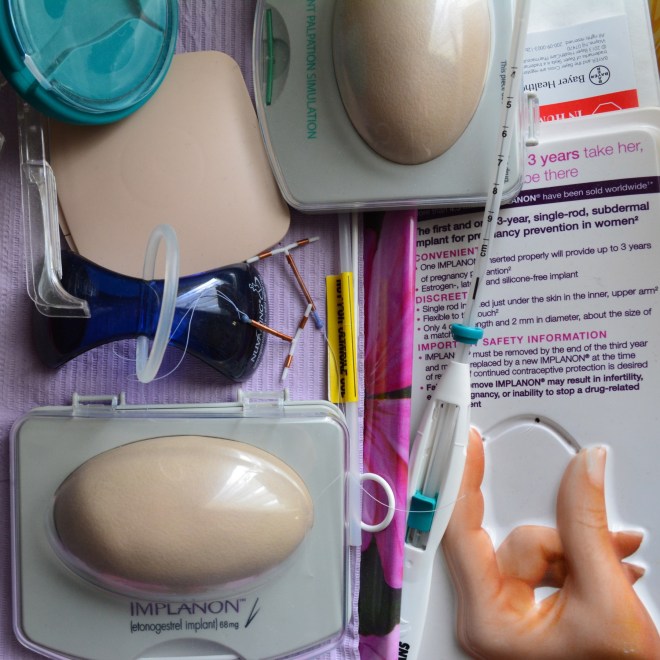
Laura Brumfield, clinician at Room One, uses these samples to explain different birth control methods to clients.Eve Andrews / Grist
Room One offers two important benefits to teen girls seeking reproductive health care: Because the organization receives federal Title X funding via Family Planning of North Central Washington, which operates the clinic, its sliding fee scale goes to zero — a crucial factor for girls who have no substantial independent income and would like to avoid a revealing Explanation of Benefits form sent to their parents from an insurance provider. Its services are also entirely confidential — the building even has a back door where clients can enter and exit discreetly — and, thanks to Washington state law, do not require parental consent.
The clinic is able to offer long-acting reversible contraceptives (LARCs) — the IUD and hormonal implants — at zero cost to clients who are at or below the federal poverty level. In a fairly recent development in pediatric gynecology, LARCs are now the top-recommended form of birth control for teens, but they’re also expensive.
The clinic at Room One is open one afternoon a week. In a region as remote as north-central Washington, with family planning clinics few and far between, literal mountains can stand in between young women and their reproductive health care. Laura Brumfield is the clinician who provides gynecological care at Room One, and she travels all across the county to work at different clinics. I met with her in her office at Methow Valley Elementary School, where she’s also the school nurse.
“When I first got to the Methow Valley in 2001, Okanogan Family Planning had [a registered nurse] that would travel over the pass and she would do [birth control] refills for people,” she told me. “And [clinicians] were demanding exams first to get birth control. When I found that out, I contacted them, saying, ‘Clients have to go over the mountain pass just to get an exam?’ I told them that I would be glad to do the exams over here, and that’s how the clinic at Room One started.”
Okanogan Family Planning shuttered in November, leaving the family planning clinic at Room One as the only one left in the county until last month, when Family Planning of North Central Washington launched a new clinic in the town of Okanogan that’s open one or two days a week. Moore tells me that in the past year, the clinic at Room One has seen a lot more clients from outside of the Methow Valley.
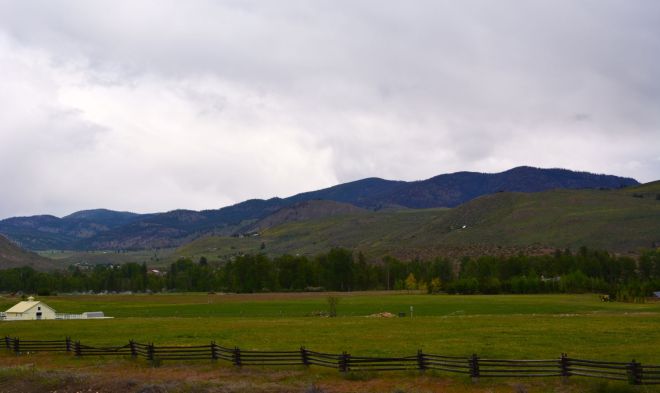
Farmland outside of Twisp, Wash.Eve Andrews / Grist
“The last couple years have been really, really tough on reproductive health clinics,” says Anita Tuason, executive director of Family Planning of North Central Washington. “And it doesn’t matter whether you’re in a public health department or a Planned Parenthood — it’s not been easy. And what happens when most of these go away, and the access is only in big cities? What happens to the rural areas?” She says one of the biggest challenges is just getting clinicians to work in rural areas at all, because the pay is low relative to other medical jobs.
Just in the past three years, 20 of 73 family planning clinics in the state have shuttered for several reasons, according to Cynthia Harris, family planning program manager with the Washington State Department of Health. Since the Affordable Care Act was passed in 2012, a lot of women now have access to reproductive health care via a primary care provider, and as a result, no longer need the services of these clinics. That’s great for women with insurance, but it makes it tough for the people running the clinics (fewer patients means less revenue) — and that, in turn, is tough for the remaining women without insurance.
And as more teen girls are choosing LARCs – which can last up to 10 years – there’s no need to visit a clinic to get birth control refills or a round of Depo-Provera shots. This too is obviously great, because it means that they’re more effectively and easily protected against unwanted pregnancy – but it also means that they’re less likely to visit Room One for other services related to their sexual health.
Brumfield says one of the most critical but overlooked of those services is counseling. “I think every women’s family planning clinic needs to have counseling services, because women have gone through a lot of trauma associated with sex.”
Room One is a terrific resource, but the consensus is that it’s rare for a rural community. And it’s still a far distance to travel for a lot of girls in the county – particularly in poorer, more underserved towns like Omak, about 35 miles away.
“I’ve heard from the school nurses [in Omak] that they’re desperate. They say, ‘We need a clinic to open up again out here,’” Brumfield tells me. “I was the school nurse in their high school for about three years. [They have] very high-need kids … huge unmet needs. There’s high poverty, and Omak is really off the charts in unemployment and underinsured rates. Really tough, tough stuff. And the school nurse was there one day a week — that’s going to hardly do anything.”
Brumfield adds that, a few years ago, she was part of an effort to install a school-based health clinic at Omak High School — much like the one I visited at Seattle’s Chief Sealth International High School. The proposal for a clinic was met with significant resistance from the community, which had many vocal members opposed to giving teens easy access to birth control.
“There was a lot of pushback from some of that same framing that has cycled across all of our communities, rural and urban,” Mainer told me. “‘It’s like a slippery slope to teens just having more sex’ — I think that seems to be the bottom line of that analysis.”
Even after the school board finally voted in favor of instituting the clinic, it didn’t get the state funding it needed.
After talking to Brumfield, I wandered around the Liberty Bell campus – at one point, sitting in the middle of the hurdle track to watch a soccer game against the Okanogan High School team. I wondered if any of the kids at the game were aware of how much the simple fact of the town where they live might dictate their reproductive health — and, in turn, their future.
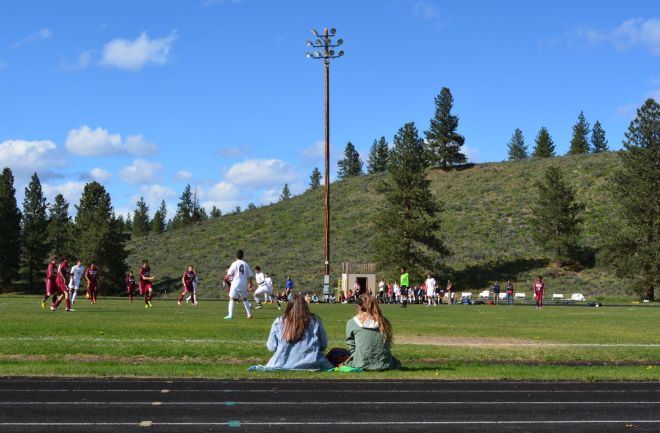
Students at Liberty Bell High School watch a soccer game. Eve Andrews / Grist
Having the best access to sex ed and birth control shouldn’t be a privilege dictated by geography — but sadly, right now in the United States, it is. Organizations like Room One are invaluable to the women and girls they serve, but they’re too few and far between. The fact that Room One has grown and thrived over the past 17 years in a fairly conservative rural community, however, is an auspicious sign — one that should offer hope that the gap between city girls’ and country girls’ access to reproductive health care doesn’t have to remain so wide.
*Her name has been changed to protect her privacy.
Correction: An earlier version of this article misspelled Anita Tuason’s last name. That error has been corrected.
